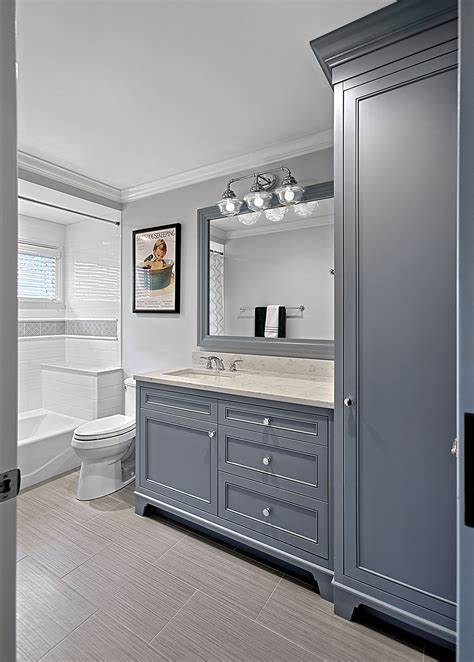The realm of architecture is a fusion of artistry and precision, and at its heart lies the art of drawing. The canvas for these creations isn’t limited to just any surface – architecture drawing tables play a pivotal role in shaping the designs that shape our world. In this exploration, we delve into the significance of architecture drawing tables, their evolution, and their impact on the creative process.
Contents
Evolution of Architectural Tools
The evolution of architecture drawing tables mirrors the advancement of design tools. In ancient times, architects sketched on parchment using quills and ink. As time progressed, drafting boards gained popularity. These boards, set at an angle, allowed architects to work comfortably for hours on intricate designs.
Read Also: Mastering the Art of Landscape Architecture Drawing
Architecture Drawing Tables Precision and Ergonomics
One of the primary virtues of architecture drawing tables is precision. Architects deal with intricate details that demand accuracy. Modern drawing tables come with built-in rulers and protractors, ensuring lines are straight and angles are perfect. This level of precision is pivotal in translating ideas into blueprints that contractors and builders can rely on.
Creating architectural wonders demands hours of dedication. Ergonomically designed drawing tables reduce strain on the architect’s body, enabling them to focus on the design process. Adjustable heights and tilts cater to individual comfort, ensuring a seamless workflow without compromising posture.
Architecture Drawing Tables Unleashing Creativity
An architecture drawing table is more than a workspace; it’s a portal to creativity. The expansive surface offers a blank canvas where architects can bring their visions to life. Whether it’s sketching the initial concept of a skyscraper or refining the intricate details of a cathedral’s facade, the drawing table provides the space for creativity to flow unhindered.
In the digital age, have taken on a new form. Graphics tablets and interactive displays have revolutionized the way architects work. These devices offer a fusion of traditional drawing and digital precision. Architects can now seamlessly switch between sketching by hand and fine-tuning designs using advanced software.
Cultivating Professional Growth
Drawing tables aren’t mere tools; they become an architect’s sanctuary. Hours spent bent over sketches, refining ideas, and perfecting lines create a unique bond between architect and table. This relationship fosters growth, as architects learn to adapt their techniques to suit the tools that aid their creative journey.
Inspiration and Collaboration
Architecture drawing tables are not limited to solitary endeavors. They often act as a central point for collaboration. Architects gather around a table to discuss blueprints, exchange ideas, and collectively brainstorm. This physical interaction enhances teamwork and results in more holistic design solutions.
Architecture Drawing Tables Preserving Tradition in a Digital Era
As technology propels us forward, there’s an undeniable charm in preserving traditional craftsmanship. Some architects opt for vintage drawing tables, connecting with the legacy of architects who came before. These tables hold stories of countless designs, becoming timeless pieces in the architect’s studio.
Architecture drawing tables stand as witnesses to the evolution of architectural design. From the ancient scrolls to the modern digital screens, these tables have been instrumental in shaping skylines and defining spaces. Whether embracing the precision of digital tools or reveling in the tactile sensation of paper and pencil, architects find their creative haven at these tables, sketching the blueprints of the future.






















